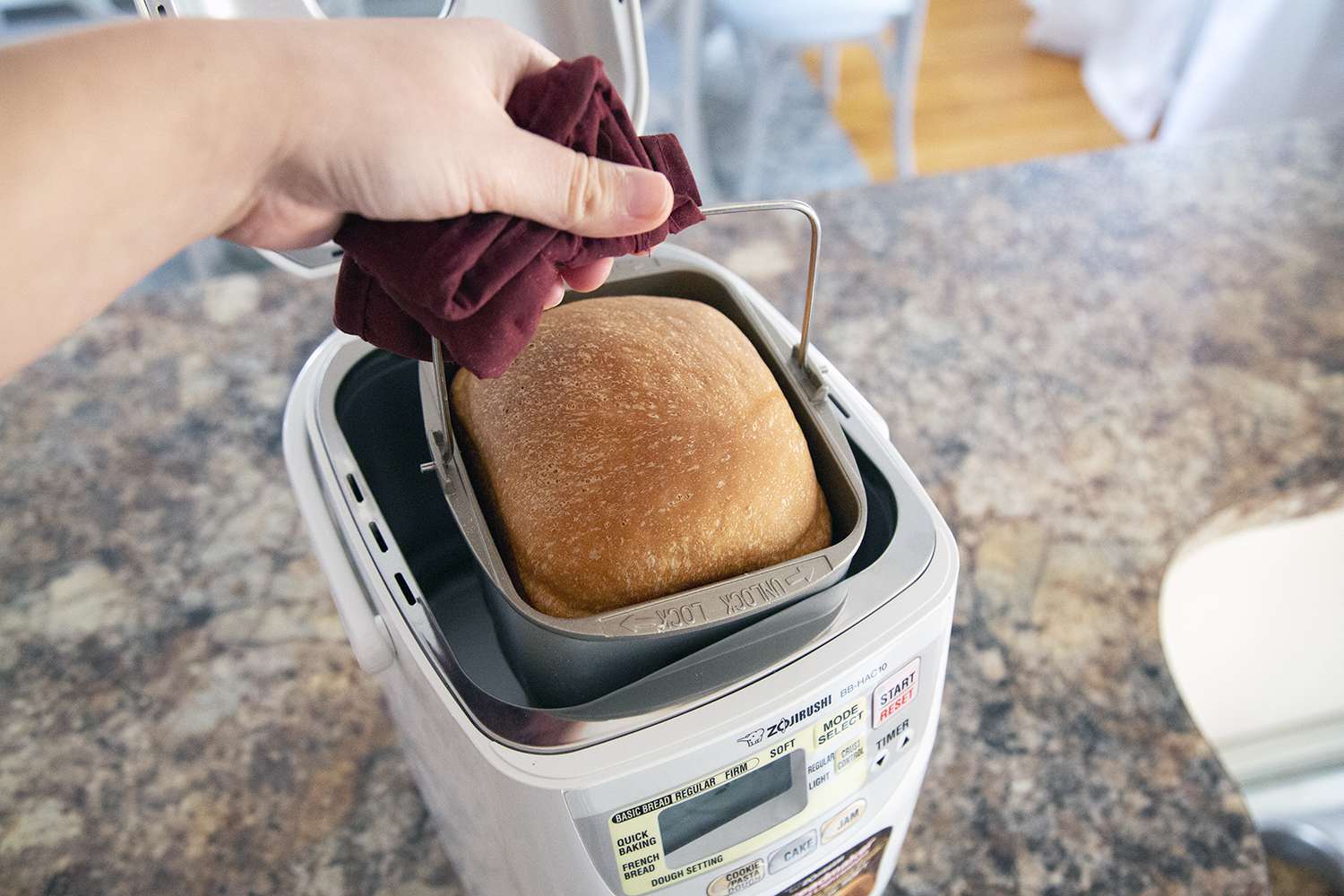

Articles
Why Is My Bread Machine Bread Dry
Modified: January 7, 2024
Learn why your bread machine bread is turning out dry and discover helpful articles to improve your baking skills and achieve perfectly moist bread every time.
(Many of the links in this article redirect to a specific reviewed product. Your purchase of these products through affiliate links helps to generate commission for Storables.com, at no extra cost. Learn more)
Introduction
Baking fresh homemade bread is a joyous experience, especially when using a bread machine. However, there can be times when the bread comes out of the machine disappointingly dry. This can be frustrating, as the purpose of using a bread machine is to enjoy soft and moist bread without the hassle of kneading and baking from scratch.
If you have been wondering why your bread machine bread is turning out dry, you are not alone. Many factors can contribute to this issue, ranging from the ingredients used to the baking process itself. In this article, we will explore the common causes of dry bread in bread machines and provide useful tips to prevent and troubleshoot this problem.
Key Takeaways:
- Choosing the right flour, measuring liquids accurately, and adding fat are crucial for moist bread. Pay attention to baking time and yeast measurements to prevent dryness in your bread machine bread.
- Troubleshoot dry bread by adjusting flour and liquid ratios, monitoring mixing and kneading, checking dough consistency, and experimenting with different recipes. With patience and persistence, you can achieve the perfect, moist loaf.
Read more: Why Is My Bread So Dense In My Bread Machine
Common Causes of Dry Bread in Bread Machines
When it comes to baking bread in a machine, the choice of ingredients and the accuracy of measurements play a crucial role in determining the final texture and moisture of the bread. Here are some common causes of dry bread in bread machines:
1. Using the wrong type of flour
The type of flour you use can greatly impact the moisture content of your bread. It’s important to choose the right type of flour based on the recipe you’re using. Bread flour is typically recommended for bread machine recipes due to its higher gluten content, which helps create a soft and chewy texture.
2. Insufficient liquid measurements
Another common cause of dry bread is not adding enough liquid to the bread machine. The liquid in the recipe helps hydrate the flour and activates the yeast, leading to a moist and well-risen bread. It’s important to follow the recipe instructions carefully and measure the liquid ingredients precisely.
3. Overbaking
Baking the bread for too long can result in dryness. Every bread machine has different settings and baking times, so it’s essential to pay attention to the recommended baking time provided in the recipe. Overbaking can cause the bread to lose moisture and become excessively dry.
Read more: Why Does Bread Collapse In Bread Machine
4. Incorrect yeast amount
The yeast is responsible for the bread’s rise and texture. If too little or too much yeast is used, it can affect the bread’s moisture content. Follow the recipe guidelines for yeast measurements, and make sure to use fresh yeast for optimal results.
5. Lack of fat in the recipe
Fat, such as butter or oil, is an important ingredient in bread recipes as it contributes to the moistness and texture. If the recipe calls for fat and it is omitted or reduced, the bread can turn out dry. Ensure that you include the specified amount of fat in the recipe to achieve a soft and moist bread.
By being mindful of these common causes, you can make adjustments to your bread machine recipes and ensure that your bread comes out moist and delicious every time.
Tips to Prevent Dry Bread in Bread Machines
To ensure that your bread machine bread turns out moist and delightful, here are some helpful tips to prevent dryness:
1. Use the right type of flour
Choosing the appropriate type of flour is essential for achieving moist bread. As mentioned earlier, bread flour is a preferred choice due to its higher gluten content. This helps in creating a tender and chewy texture. Avoid using all-purpose flour, as it may result in a drier loaf.
Read more: Why Does My Dishwasher Not Dry
2. Measure liquids accurately
Proper measurement of liquid ingredients is crucial to maintain the desired moisture in your bread. Use a measuring cup designed for liquids and ensure precise measurements. Too little liquid can lead to dry bread, while too much can result in a dense and doughy texture.
3. Be attentive to the baking time
Pay close attention to the recommended baking time for your bread machine. Overbaking can cause the bread to lose moisture and turn out dry. Make sure to set a timer or use the timer function on your bread machine to ensure you don’t exceed the proper baking time.
4. Follow yeast measurements carefully
Yeast plays a significant role in the bread-making process. Follow the recommended measurements for yeast in your recipes. Using too little yeast may result in insufficient rise and a denser texture, while using too much yeast can lead to a bread with a coarse crumb.
5. Add fat to the recipe
Fat, such as butter, oil, or even eggs, adds moisture to the bread and contributes to its softness. If the recipe calls for fat, make sure to include it as instructed. The fat helps to keep the bread moist and tender throughout the baking process.
By implementing these tips, you can ensure that your bread machine bread turns out perfectly moist and enjoyable every time you bake.
Read more: Why Is My Synthetic Grass Drying Out?
Troubleshooting Dry Bread in Bread Machines
If you’ve been experiencing dry bread from your bread machine, don’t despair. There are several troubleshooting techniques you can try to achieve that soft and moist texture you desire:
1. Adjusting flour and liquid ratios
The ratio of flour to liquid can greatly affect the moisture content of your bread. If your bread consistently turns out dry, try increasing the amount of liquid slightly or reducing the amount of flour in the recipe. Experiment with small adjustments until you find the right balance that creates a moist and tender loaf.
2. Monitoring mixing and kneading processes
The mixing and kneading stages are critical for developing the gluten in the bread dough. Insufficient mixing or kneading can result in a dense and dry loaf. Make sure to follow the recommended mixing and kneading times provided in your bread machine’s instructions. If your machine allows, you can also extend the mixing and kneading times slightly to ensure proper gluten development.
3. Checking dough consistency
The consistency of the dough plays a key role in determining the texture of the bread. If the dough feels excessively dry or stiff during the kneading process, it may result in a dry finished product. Adjust the dough consistency by adding a small amount of liquid at a time until the dough reaches a soft and slightly sticky consistency. Conversely, if the dough feels overly wet, add a small amount of flour to achieve the right balance.
Read more: Why Is My Washer Shaking
4. Experimenting with different recipes
If you’ve tried various adjustments and your bread is still coming out dry, consider trying different recipes. Some recipes may naturally yield moister bread, depending on the ingredients and techniques used. Look for recipes that include ingredients like milk, yogurt, or mashed fruits, as these can contribute to a tender and moist crumb. Don’t be afraid to experiment and find a recipe that consistently produces the desired results.
Remember, troubleshooting and achieving the perfect loaf of bread may require some trial and error. Be patient and persistent in your adjustments and keep experimenting until you achieve the desired moistness and texture in your bread machine bread.
Conclusion
Baking bread in a bread machine is a convenient and enjoyable way to enjoy fresh homemade bread. However, sometimes the bread may turn out dry, which can be disappointing. By understanding the common causes of dry bread and implementing some helpful tips and troubleshooting techniques, you can improve the moisture and texture of your bread machine bread.
Using the right type of flour, measuring liquid ingredients accurately, being attentive to the baking time, following yeast measurements carefully, and adding fat to the recipe are some of the key measures to prevent dry bread. These simple adjustments can make a significant difference in the final outcome of your bread.
If you continue to face dry bread issues, troubleshoot by adjusting the flour and liquid ratios, monitoring the mixing and kneading processes, checking dough consistency, and experimenting with different recipes. Sometimes, even slight modifications can have a major impact on the moisture content of your bread and result in a more enjoyable baking experience.
Remember, baking is an art that requires practice and a willingness to experiment. Don’t get discouraged if your first few loaves of bread turn out dry. Learn from your mistakes, make adjustments, and keep trying until you achieve the desired moist and tender bread.
So, with these insights and tips in mind, it’s time to get back to your bread machine and start baking bread that is nothing short of perfection – soft, moist, and absolutely delicious!
Frequently Asked Questions about Why Is My Bread Machine Bread Dry
Was this page helpful?
At Storables.com, we guarantee accurate and reliable information. Our content, validated by Expert Board Contributors, is crafted following stringent Editorial Policies. We're committed to providing you with well-researched, expert-backed insights for all your informational needs.
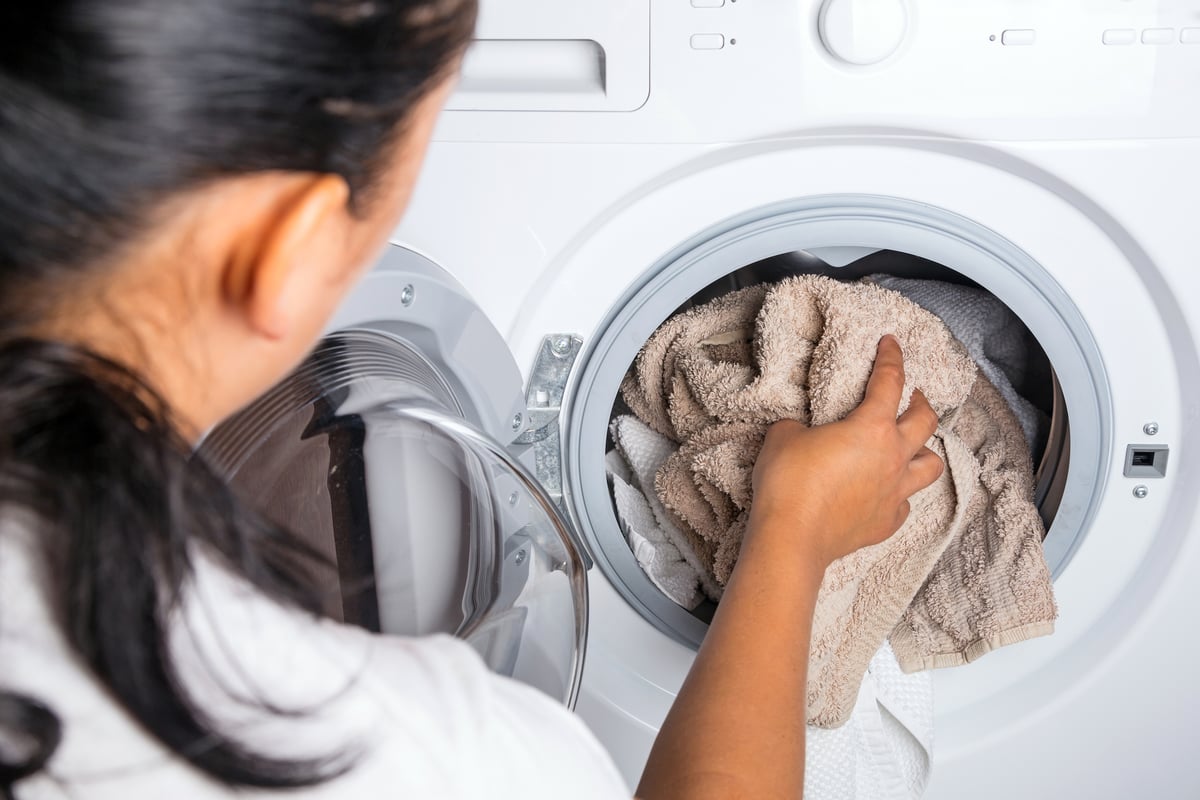

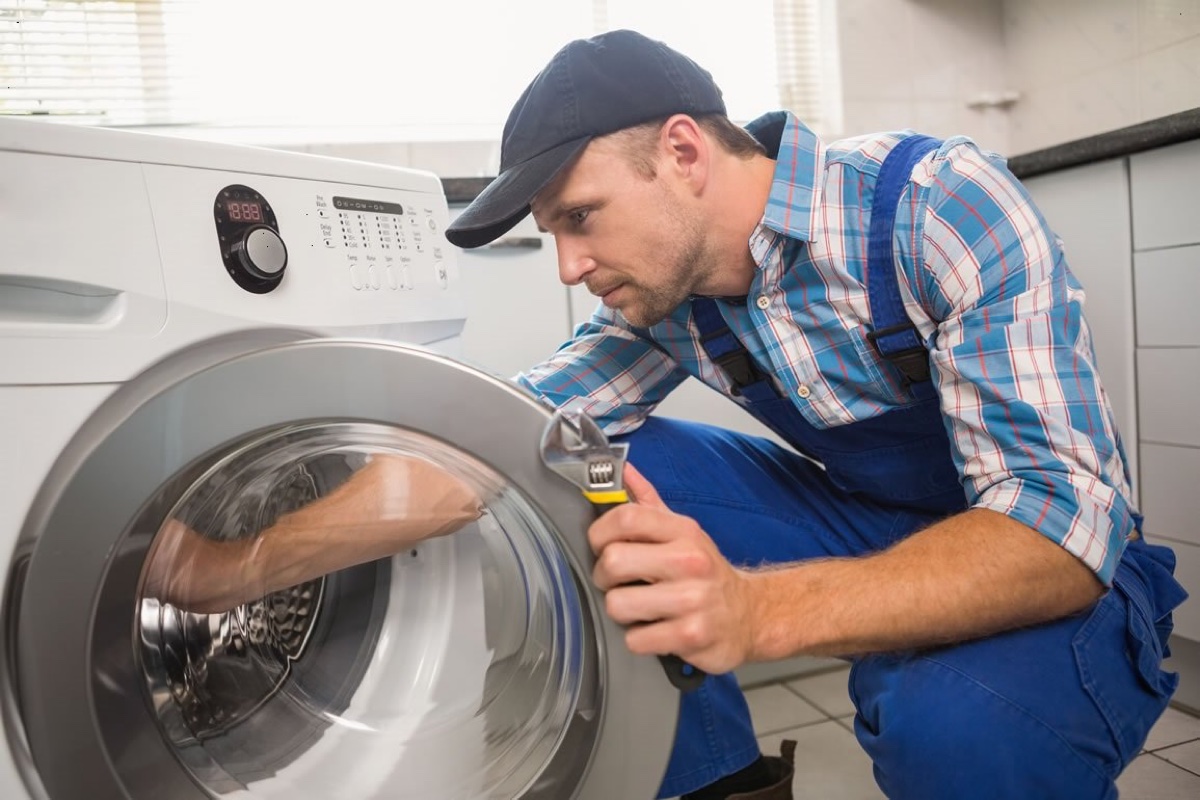
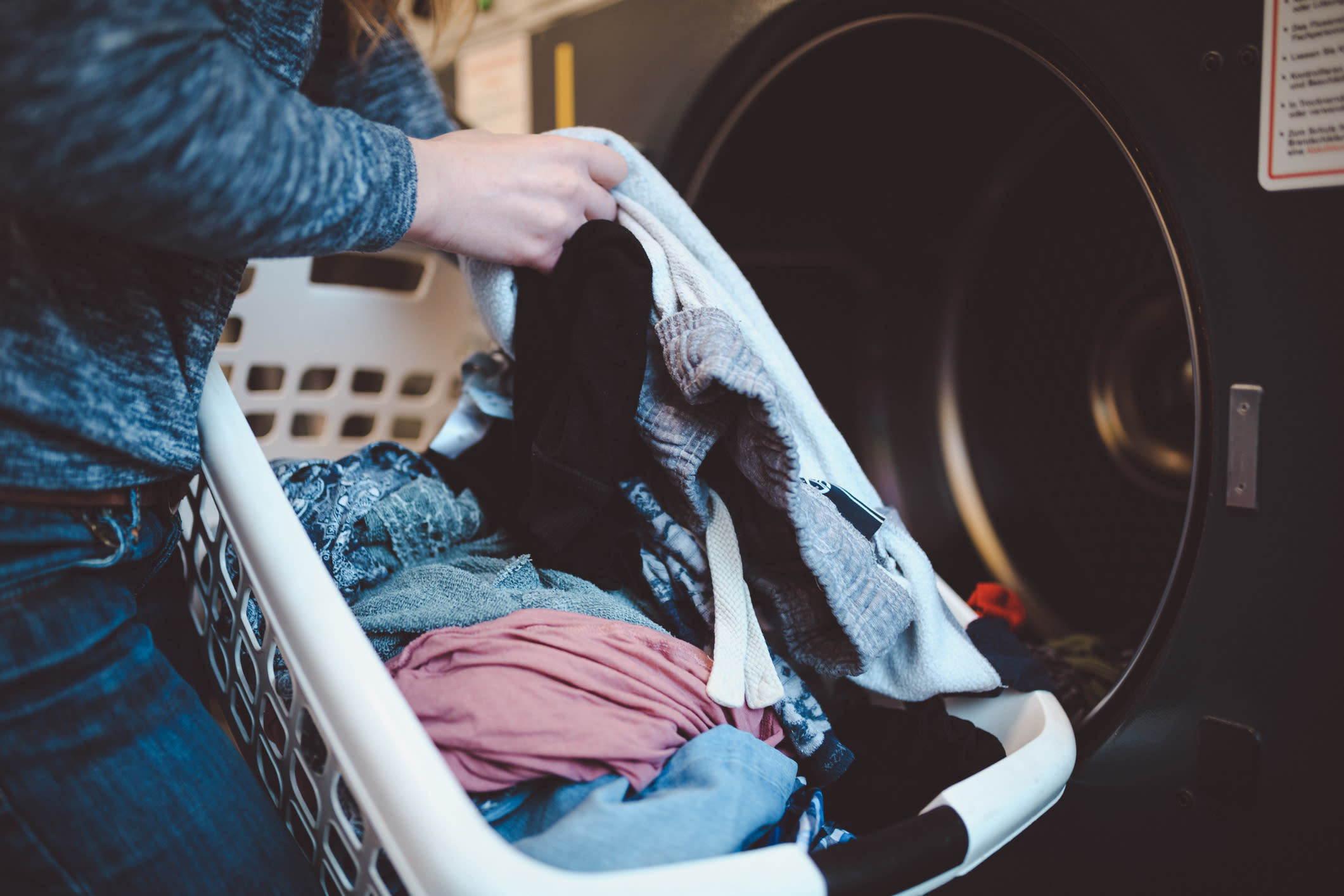
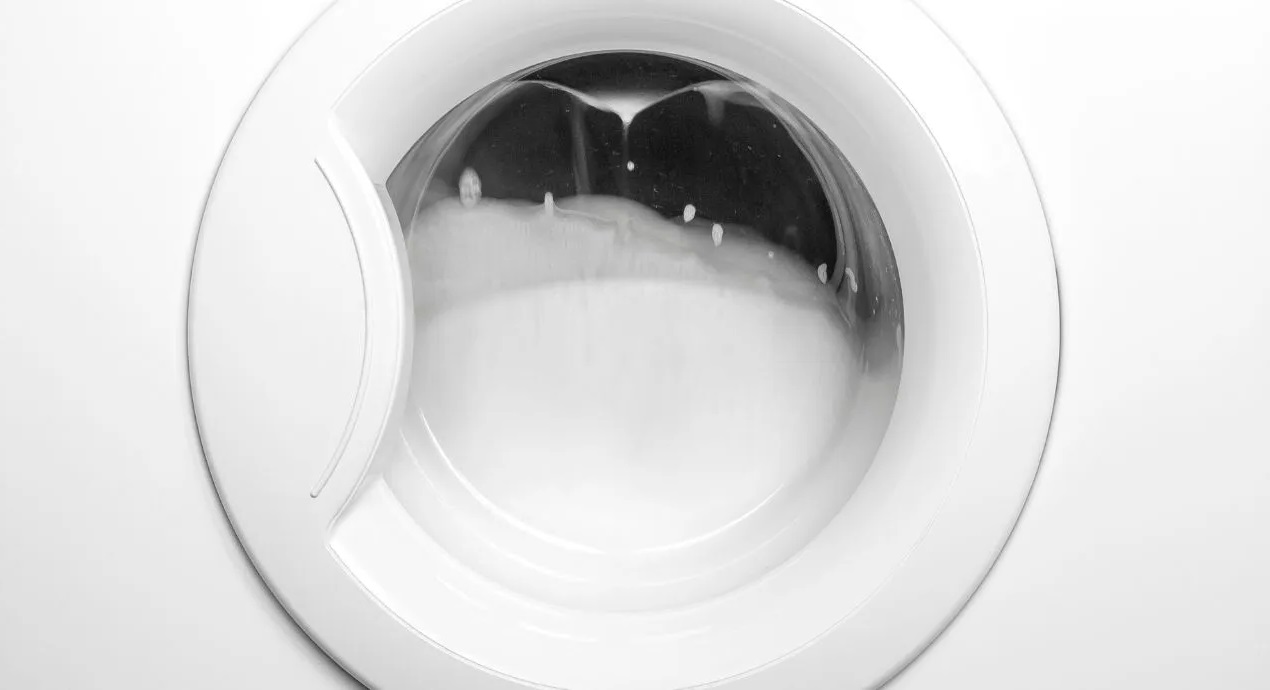
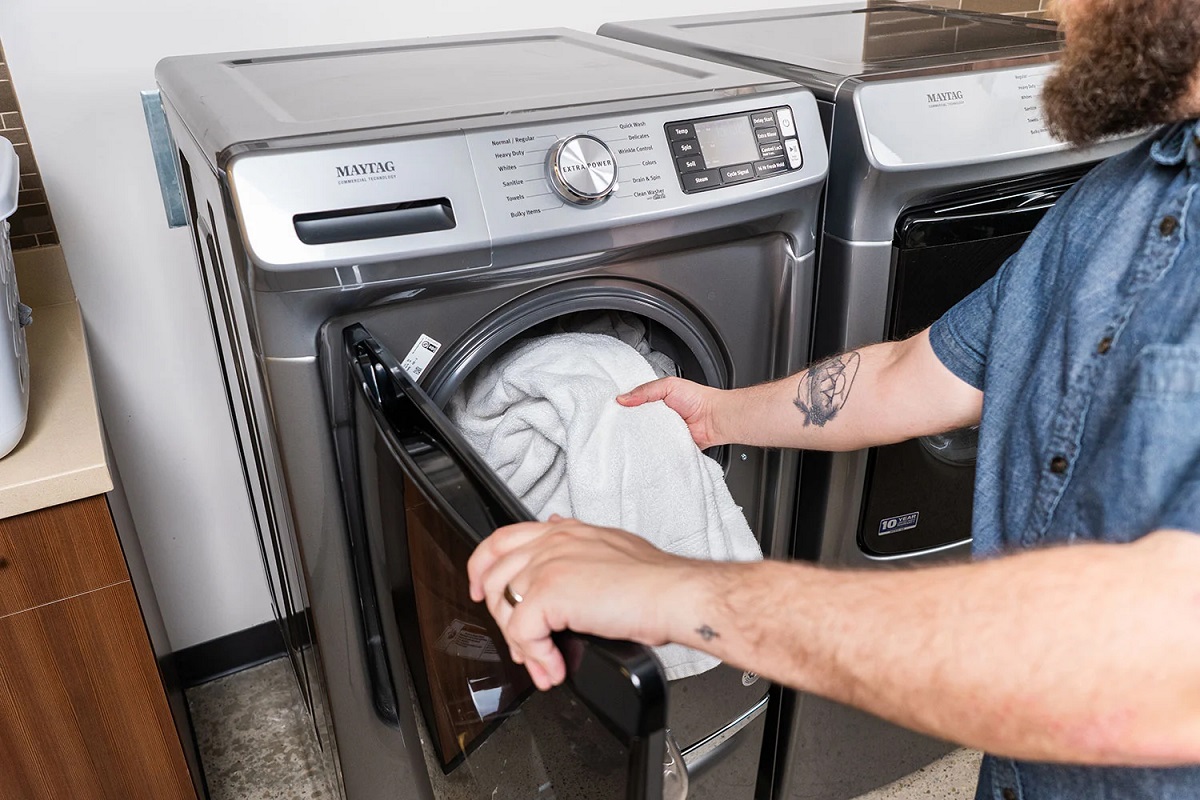
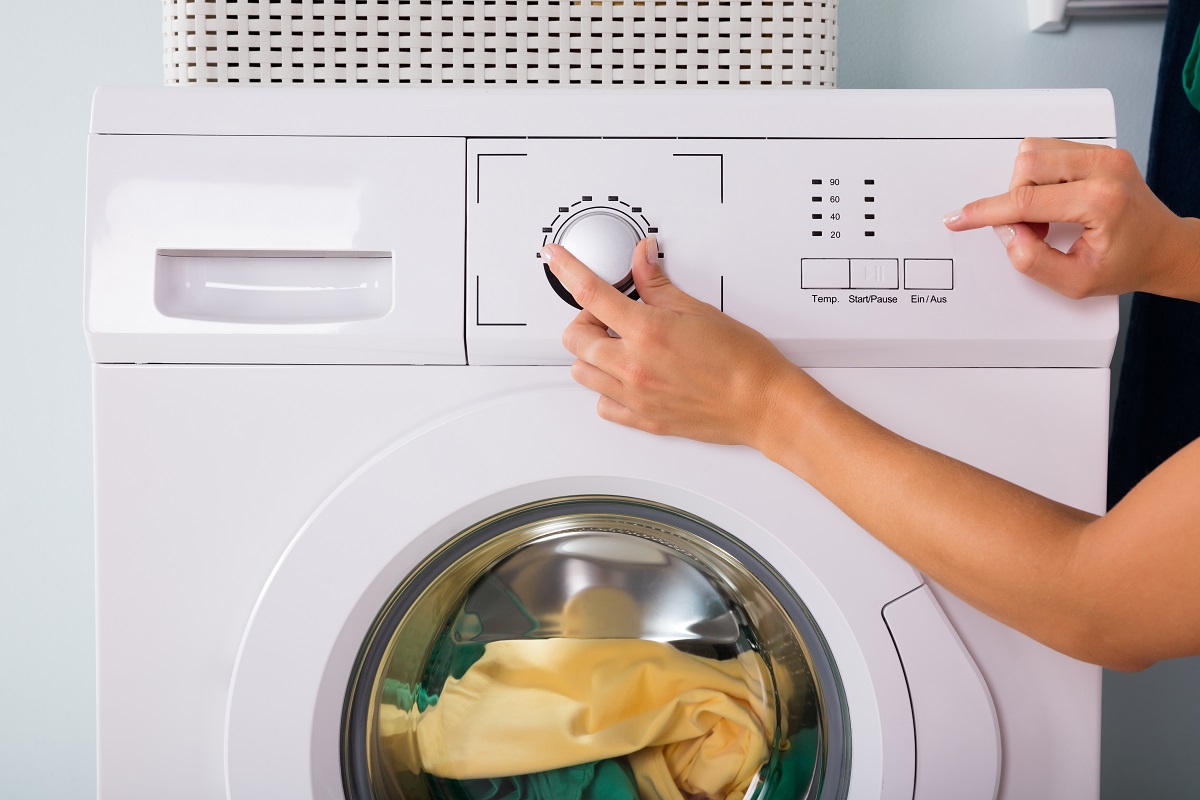
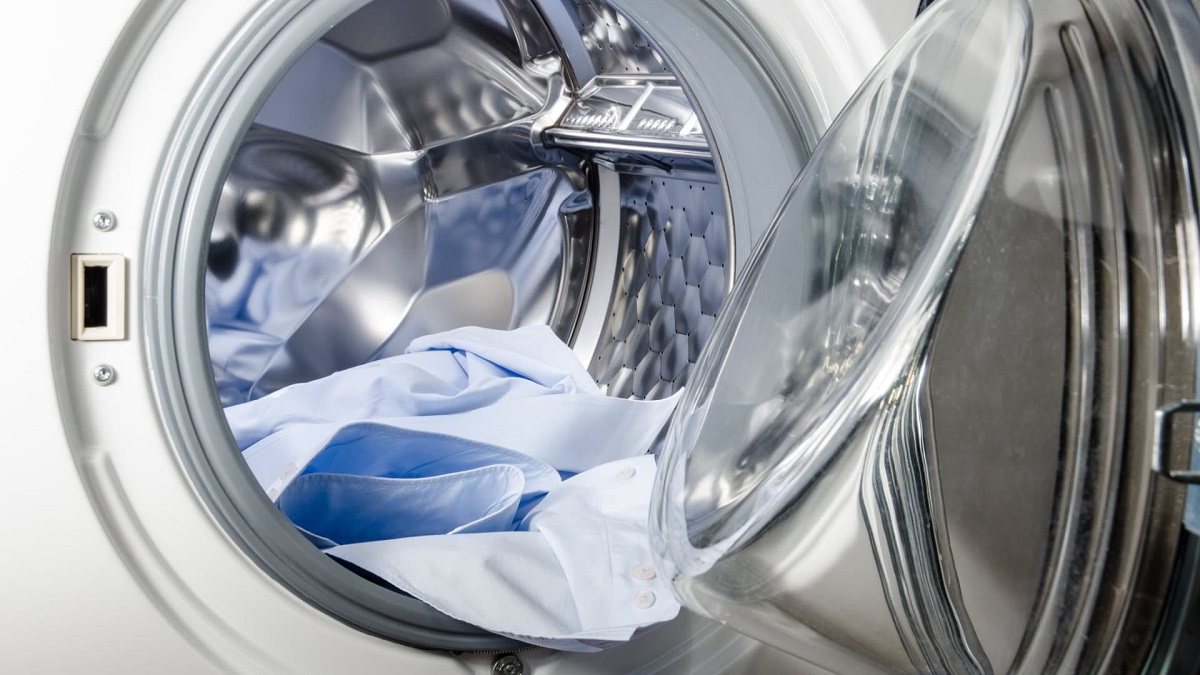
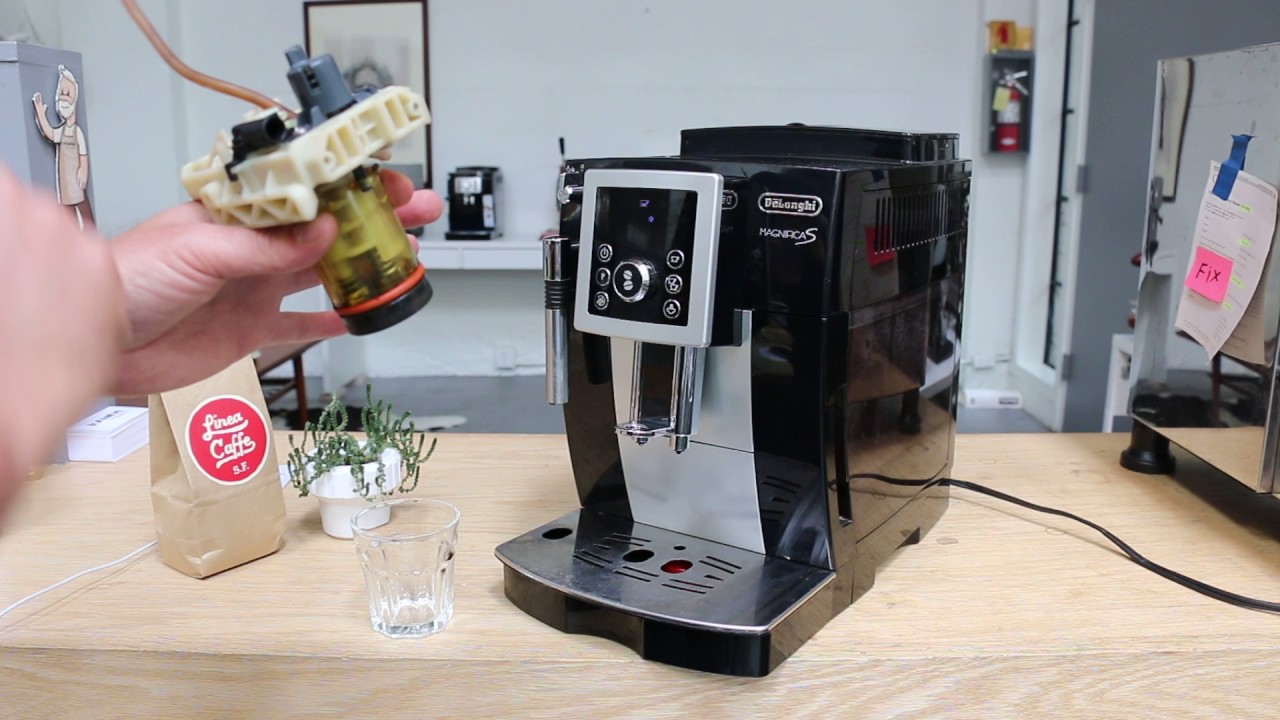
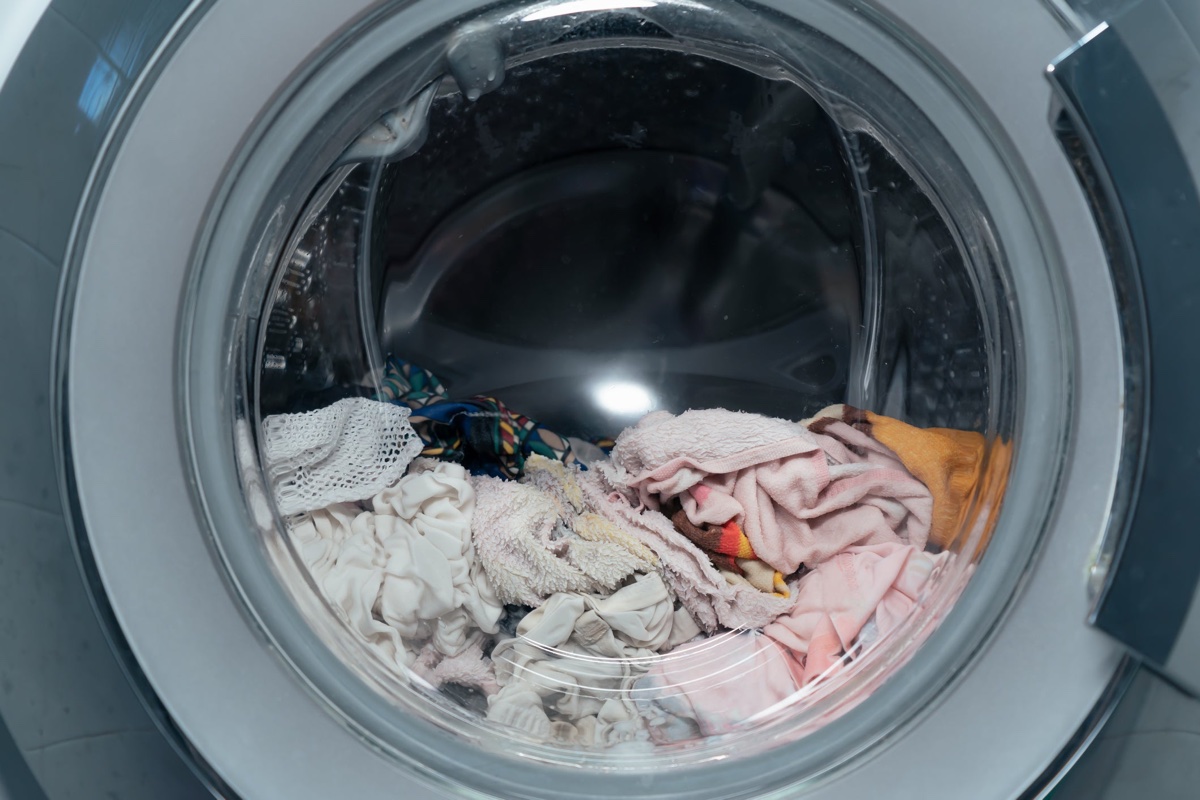
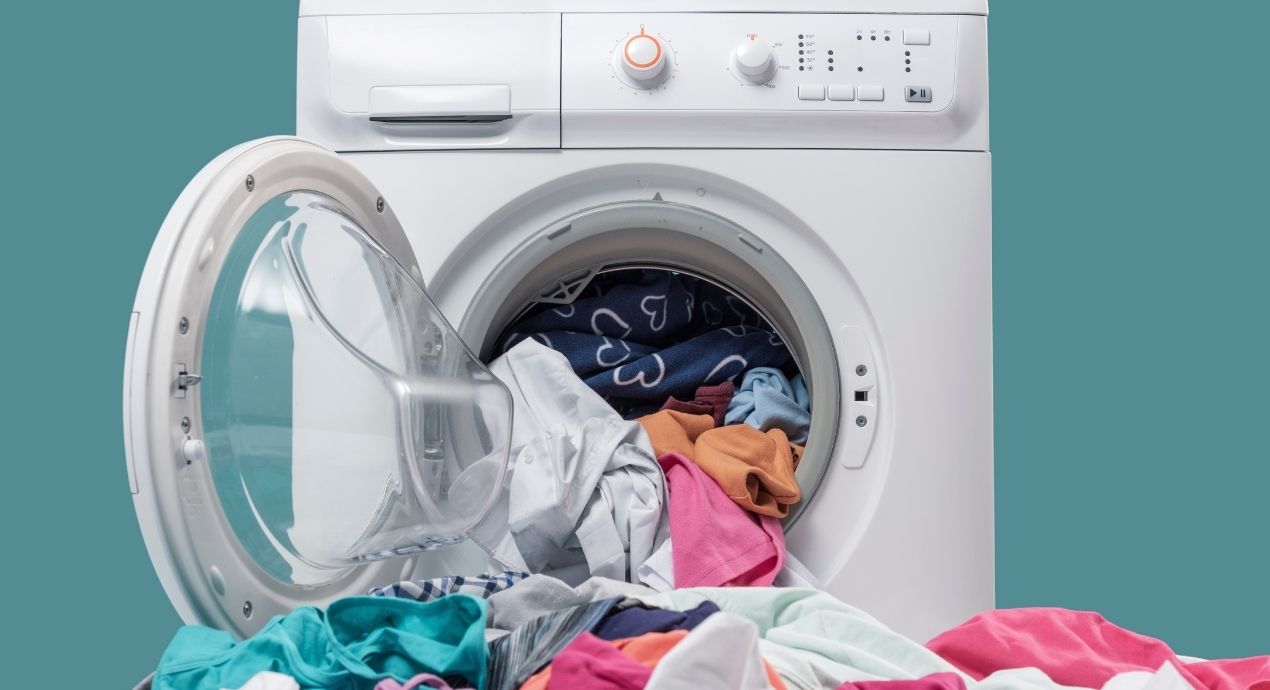

0 thoughts on “Why Is My Bread Machine Bread Dry”